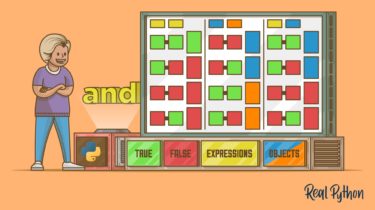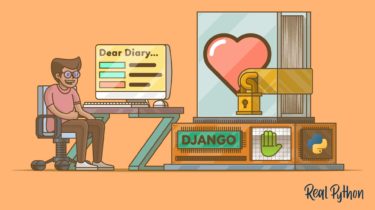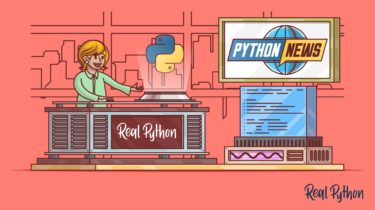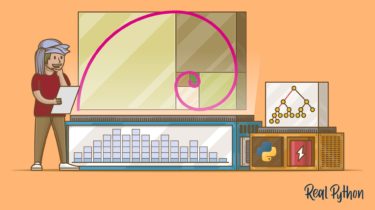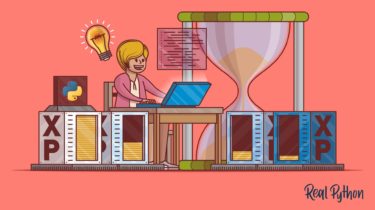Pass by Reference in Python: Best Practices
After gaining some familiarity with Python, you may notice cases in which your functions don’t modify arguments in place as you might expect, especially if you’re familiar with other programming languages. Some languages handle function arguments as references to existing variables, which is known as pass by reference. Other languages handle them as independent values, an approach known as pass by value. If you’re an intermediate Python programmer who wishes to understand Python’s peculiar way of handling function arguments, then […]
Read more